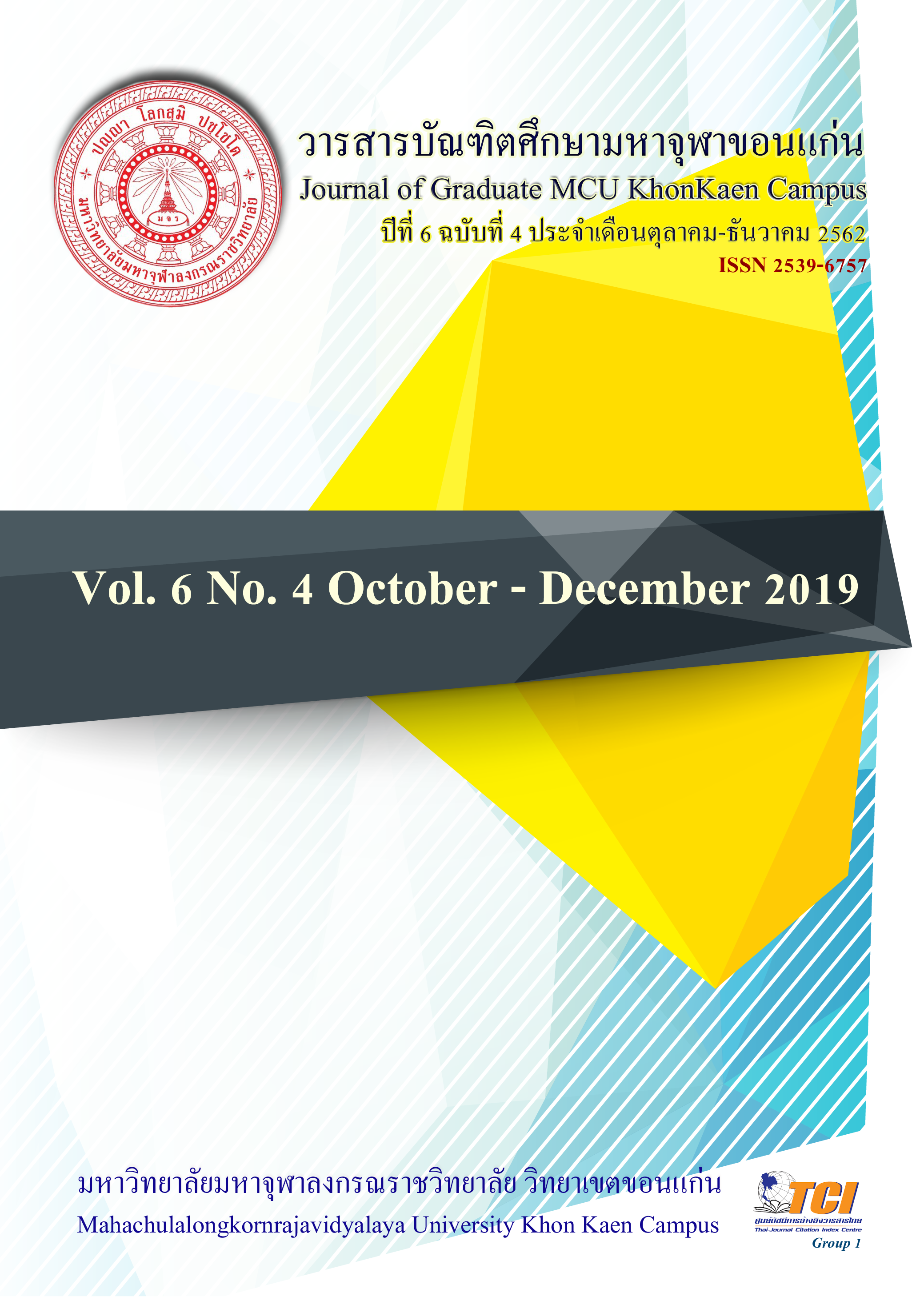Strategic Management for Competitive Advantage of Small and Medium Enterprises (SMEs), Production type in the Upper Northeastern Region 2
Main Article Content
Abstract
The study of Strategic Management for Competitive Advantage of Small and Medium Enterprises (SMEs), Production type in the Upper Northeastern Region 2. The objectives: 1) Study the Strategic Management Level for Competitive Advantage of Small and Medium Enterprises (SMEs) Production type. 2) Create a Strategic Management Model for Competitive Advantage of Small and Medium Enterprises (SMEs) Production type in the Upper Northeastern Region 2. The variables studied include Management Resources SMEs, Five Forces Model and Competitive Advantage. The researcher used Mixed Methods Research. Qualitative Research using In-depth Interviews. Research Tools are Semi-Structured Interview Forms. The number of Key Informants who involved with Small and Medium Enterprises (SMEs) Production type is 20. Statistics used in data analysis were Frequency Distribution, Percentage, Mean, Standard Deviation and Structural Equation Model Analysis with Mplus program.
The research found that (1) The level of strategic management to create competitive advantage of small and medium enterprises (SMEs), the type of production in the upper northeastern region, 2 in total, at a high level. (2) Strategic management model to create competitive advantage of small and medium enterprises (SMEs). Production type found that (2.1) SMEs resource management has a positive direct influence on the competitive advantage of small and medium enterprises (SMEs) in the production category. With path coefficients equal to 0.555 and SMEs management resources have a positive direct influence on the 5 driving force models, with the coefficient of equation 0.913 (2.2) The five driving force models have a positive direct influence on competitive advantage with a path coefficient equal to 0.399 and (2.3) SMEs management resources have an indirect influence on the competitive advantage of small and medium enterprises (SMEs). The production type has a path coefficient equal to 0.364 through the 5 model driving force model Respects From research results and group discussions, the Wathinee Model consists of investments, threats of new entrants, people, competition within the same industry. The bargaining power of raw material suppliers Information on machinery management, threats of products or services, replacement of resources and bargaining power of buyers By applying the Wathinee Model to be used to create a competitive advantage and able to survive small and medium-sized enterprises (SMEs) in the production category to be sustainable SMEs of their own enterprises as appropriate with the characteristics of the area of SMEs SMEs to support SMEs enterprises sustainably.

